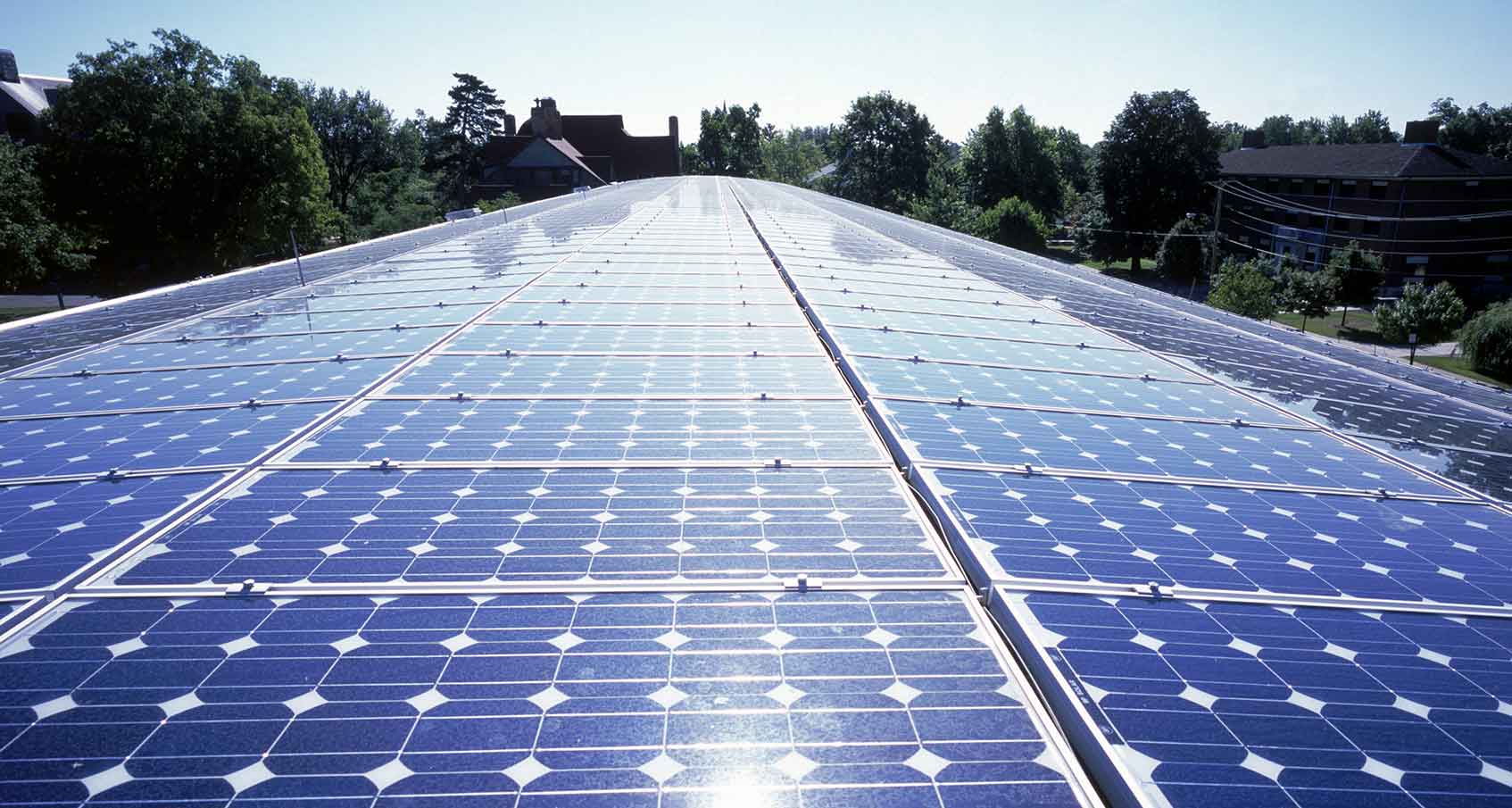Roof Thermal Insulations
BUILDING INSULATION
The benefits of thermally insulating buildings became more apparent in recent years for both, the building occupants and the manufacturers. Insulating a building limits the heat loss through the building fabric, thus reduces the need for cooling and heating in summer and winter respectively, as well as protecting the building envelope. The building’s energy consumption and costs decrease. Thermally insulating the building envelope involves thermally insulating the roof, the walls and the windows/doors.
Roof insulation has a key role in achieving an energy efficient home. In an uninsulated home, it is estimated that 25-30% of the building’s heat loss is through the roof.
TYPE OF ROOF INSULATION
There are various type of roofs (e.g. pitched, flat), and in some building there may be more than one roof type. The most appropriate thermal insulation varies based on the roof type, as well as some technical factors that vary based on each building. Thermal insulation could be installed externally or internally, with the external thermal insulation being the most preferred option due to its many benefits, including: (i) reduces thermal bridges, (ii) exploits thermal capacity, (iii) offers more protection from the outdoor environment.
For pitched roofs the insulation can be placed under the roof tiles or on the slab under the roof. For flat roofs, the roof insulation could be applied either the conventional way or the inverted way. In the conventional roof insulation, the waterproof layer is above the insulation whereas in the inverted roof insulation, the waterproof layer is beneath the thermal insulation.
For more information and guidance on insulating your roof, contact K-Energy’s energy consultants on 22-3111234 or on [email protected].
